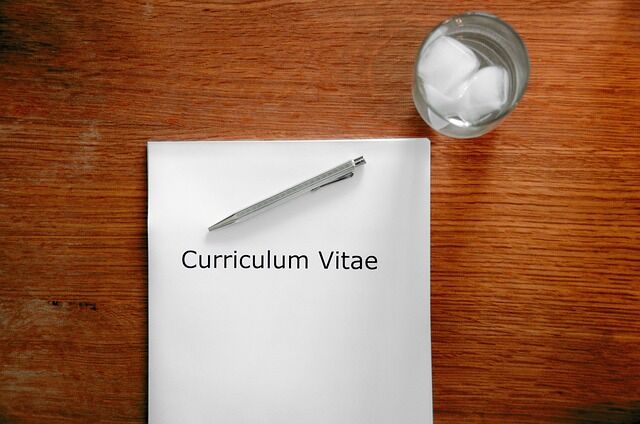In college, it is not enough just to read a book or a journal. A student must be able to analyze it and introduce a high-quality review. The easiest way is to ask someone to do that for you. Honestly, a professional literature review writing service will do this task extremely well because its helpers have diplomas in scientific areas and can cope with academic homework easily. Nevertheless, one should also be ready to research to graduate successfully.
Professional assistants perform seven steps when providing a top-level literature review.
Step 1. Think about a Good Research Idea
College professors want to get a review about something fresh and catchy. A student should collect all ideas on a sheet of paper and select the most striking topic. One usually includes this type of writing in a dissertation or a term paper. It is the best way to show one’s awareness of the investigated field.
Step 2. Seek Sources
The Internet can give links to lots of sources, but many websites have only annotations to them. That is why it is better to search for periodicals and decent literature in libraries. One should get access to the online library and order the required books, journals, newspapers, etc. Another variant is to find good research and investigate the bibliography list.
Step 3. Start reading and Analyzing
The next thing is to read sources and jot down the most essential information, such as:
- Names of researchers,
- Dates of investigations,
- Uniqueness and popularity of a described theory,
- Tools and methods people used to investigate the topic,
- Discussions and the variety of solutions to one problem, etc.
Step 4. Organize Findings
It often happens that students find many sources that discuss the topic from different perspectives. As a result, the paper is not focused on the target idea. Professionals recommend highlighting the most trusted and influential hypotheses and theories. Besides, students should systematize controversies and decide what theory to support. How to provide a systematic presentation of literature?
- Find a table or wall
- Write down names of sources and ideas they introduce on sticky papers
- Stick papers on the wall/table to visualize everything
- Order stickers logically or chronologically
- Give headings and subheadings
Step 5. Summarize Everything in a Thesis Statement
The next step is to highlight the brightest ideas with the help of one or two sentences (up to 40 words). This part of a review is called a thesis statement. Its job is to attract the attention of the target reader. It must not retell the whole research. It should intrigue and evoke the desire to read the paper. One can search for samples of a thesis statement on educational websites to see what it looks like.
Step 6. Start Writing
After having developed a logical structure, a student can start writing a literature review. One should follow the structure to make a review logical. Students need to think of good headings for each part to guarantee better readability. Subtopics must not depend on separate theories. It is better to group theories around a certain idea.
For example, one researches human origins. The first subheading can concern evolution theory that involves all researches that are based on this idea. Another variant is to create a subheading for a specific period in history and tell about all theories that were popular at that time. The last paragraph may stress the most influential theory.
It is very essential to write an analysis. What does that mean? It means that a review has nothing to do with retelling. Instead of introducing a theory and its author, one needs to draw conclusions, contrast ideas, and introduce facts and evidence to sound convincing. Otherwise, a teacher will think that a student has used Wikipedia without reading sources.
Step 7. Proofread the Review
The final step is proofreading. One can do that alone, with the help of online tools, or entrust this task to a professional service.
First off, one should pay attention to grammar. Typos, missed commas, wrong word order, and other mistakes influence a grade for a literature review. ProWritingAid and Grammarly will be useful here.
Second, each paragraph must start with a topic sentence. It must be precise and to the point. If a sentence sounds blurred or off the point, it will be better to rewrite it.
Third, each structural part must be complete. If any data is lacking, it will be necessary to fill in the informational gaps
Fourth, ask yourself “Is my review new and updated?” It is a mistake to introduce facts that are not true anymore.
Fifth, a student must format a review and regard the citation style.
Finally, one needs to check the readability and uniqueness of the paper. CopyScape and Hemingway apps will help to do that.




